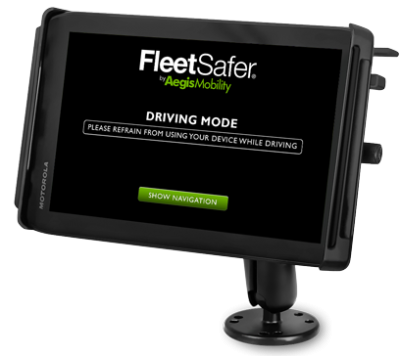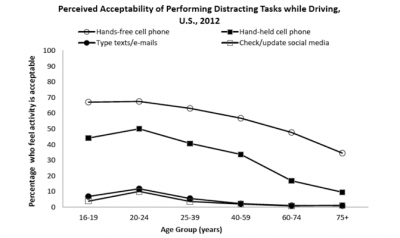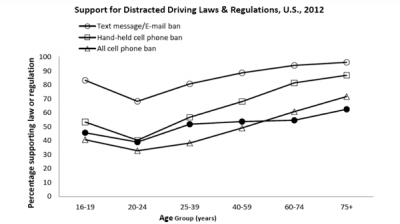I spotted this story in the news today, another incident of driver distraction taking a life.
'I'm done, I'm done. I'm sorry, I'm sorry,' Mountie wailed as pedestrian he struck was dying nearby
I quote from the article “[RCMP Constable] Luk made a spontaneous admission to him at the scene, saying, “High rate of speed ... Looked at MDT (mobile data terminal computer in front seat) ... Didn’t see anyone crossing the road.”
It wasn’t a cell phone in this case, it was a MDT (Mobile Device Terminal), but to me it is a sobering reminder for all of us that taking your eyes of the road for even a fleeting moment can be deadly.
According to distraction.gov, the official US government website for distracted driving:
“Sending or reading a text takes your eyes off the road for 4.6 seconds. At 55 mph, that’s like driving the length of a football field, blindfolded.”
After reading this story today I was even more aware on my commute that despite these constant reminders of the dangers of distracted driving and the laws in my area against the use of hand held electronic devices while driving, I still see people texting while driving.





